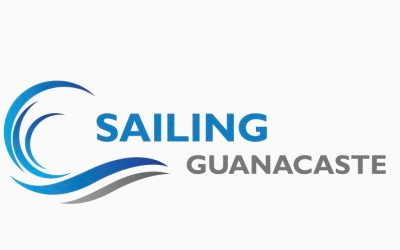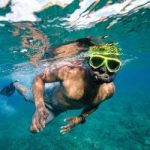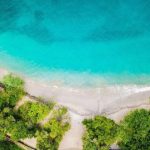Snorkeling in Guanacaste
Guanacaste offers several ideal snorkeling sites. The best beaches are those with calm waters, surrounded by rock reef formations on both sides, or pinnacles or rocky islets. Reef fish, as well as other sea creatures such as eels, manta rays, schools of colorful reef fish, sea urchins, starfish, anemones, perhaps even octopuses, sea turtles, and with luck, some harmless species of shark ( nurse shark or perhaps white tip reef shark )
Best areas for snorkeling in Guanacaste
( Click on the name of the hotel or beach you are staying at )
– Papagayo (Four Seasons, Andaz, Waldorf Astoria Punta Cacique, Ritz Carlton Nekajui, Planet Hollywood, Secrets Papagayo, El Mangroove, Exclusive Resorts) – El Coco – Ocotal – Hermosa – Riu Palace and Riu Guanacaste – Potrero – Flamingo – Conchal – Tamarindo – Las Catalinas – JW Marriott – PinillaWhat is snorkeling like in Guanacaste?
Snorkeling in Guanacaste does not offer the same crystal-clear visibility as other places in the world (the Caribbean, Seychelles, Red Sea, etc.), but it is characterized by abundant and healthy marine life, as well as decent visibility. On the best days of the year, visibility can reach up to 60 feet.Snorkeling in Guanacaste, Costa Rica: Fish Species to See and Tips for a Great Experience
Guanacaste, a sun-drenched province along Costa Rica’s northwestern Pacific coast, is famous for its stunning beaches, crystal-clear waters, and abundant marine life. Snorkeling here is a must-do activity, offering a window into the vibrant underwater world that thrives just off the shore. Whether you’re exploring the calm waters of Playa Conchal or venturing on a boat tour to the Catalina Islands, you’ll find yourself immersed in a colorful aquatic ecosystem. Here’s a look at some of the fish species you might encounter while snorkeling in Guanacaste — plus some practical tips to make your experience safe and unforgettable.Common Fish Species to Spot in Guanacaste Waters
-
Parrotfish
-
Angelfish
-
Pufferfish
-
Surgeonfish
-
Butterflyfish
-
Sergeant Majors
-
Moorish Idols
-
Eagle Rays and Manta Rays
Some great Snorkeling Spots in Guanacaste
- Playa Conchal – Famous for its crushed-shell beach and calm waters.
- Playa Ocotal – Clear visibility and diverse marine life near rocky reefs.
- Playa Hermosa – Quiet bay with shallow areas perfect for beginners.
- Catalina Islands – Accessible by boat, these volcanic islets offer deeper snorkeling and even chances to see larger marine life like rays and turtles.
Tips
- Go Early in the Day Morning hours typically offer the calmest seas and best visibility. Wind and waves tend to pick up in the afternoon.
- Check the Tides and Weather Visibility is best during low tide with calm water. Avoid snorkeling after storms or heavy surf, as sediment can reduce clarity.
- Wear a Rash Guard or Swim Shirt The Costa Rican sun is strong, and even waterproof sunscreen can wear off. A long-sleeve rash guard protects against sunburn and jellyfish stings.




